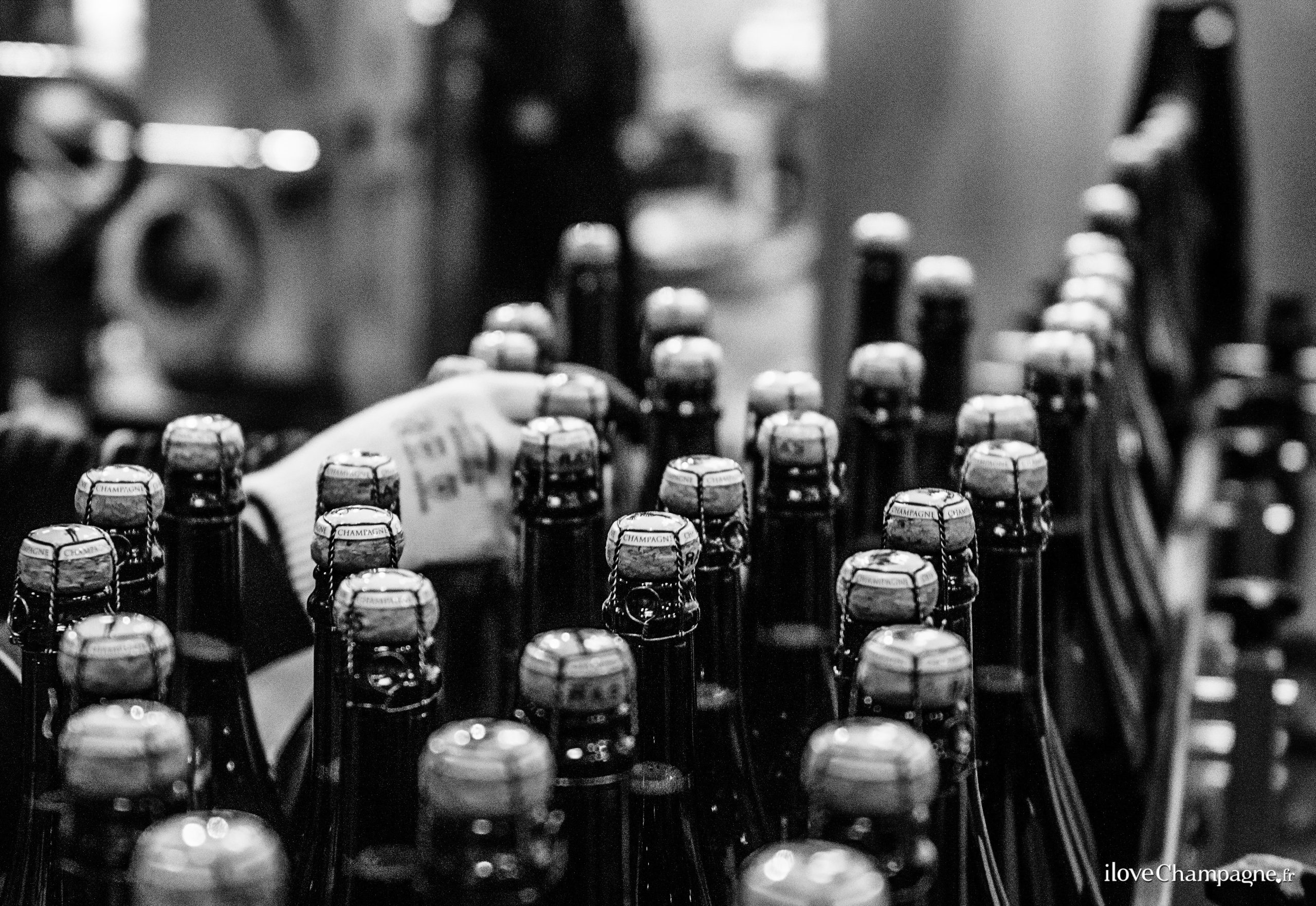How we make our wine
Pressing
Our grapes are sent to the press rooms soon after being picked. Whole clusters are gently pressed to avoid the juice coming into contact with the skin. Most of the first juice or “jus de cuvée” is used to make our champagne (or still wine).
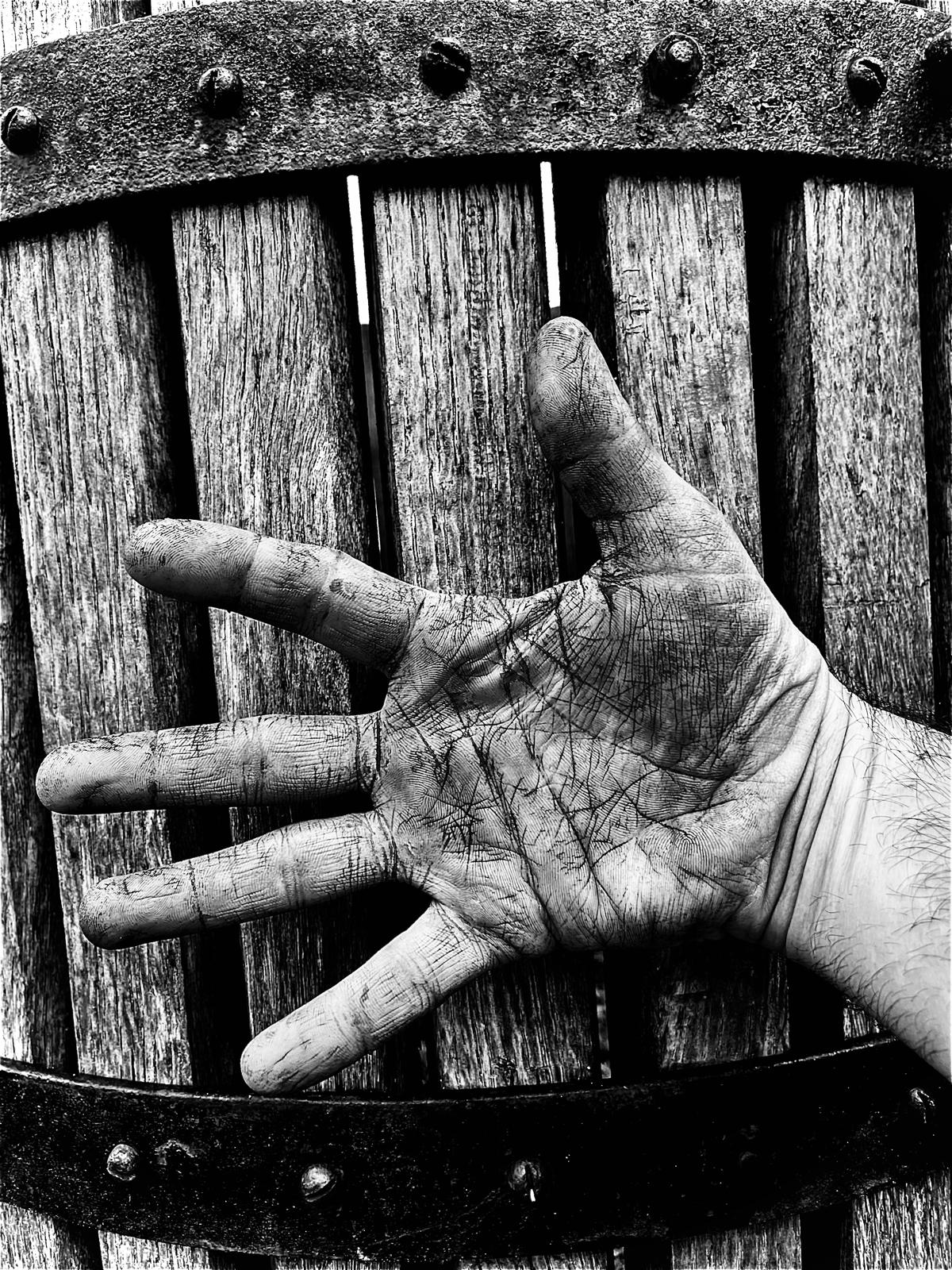
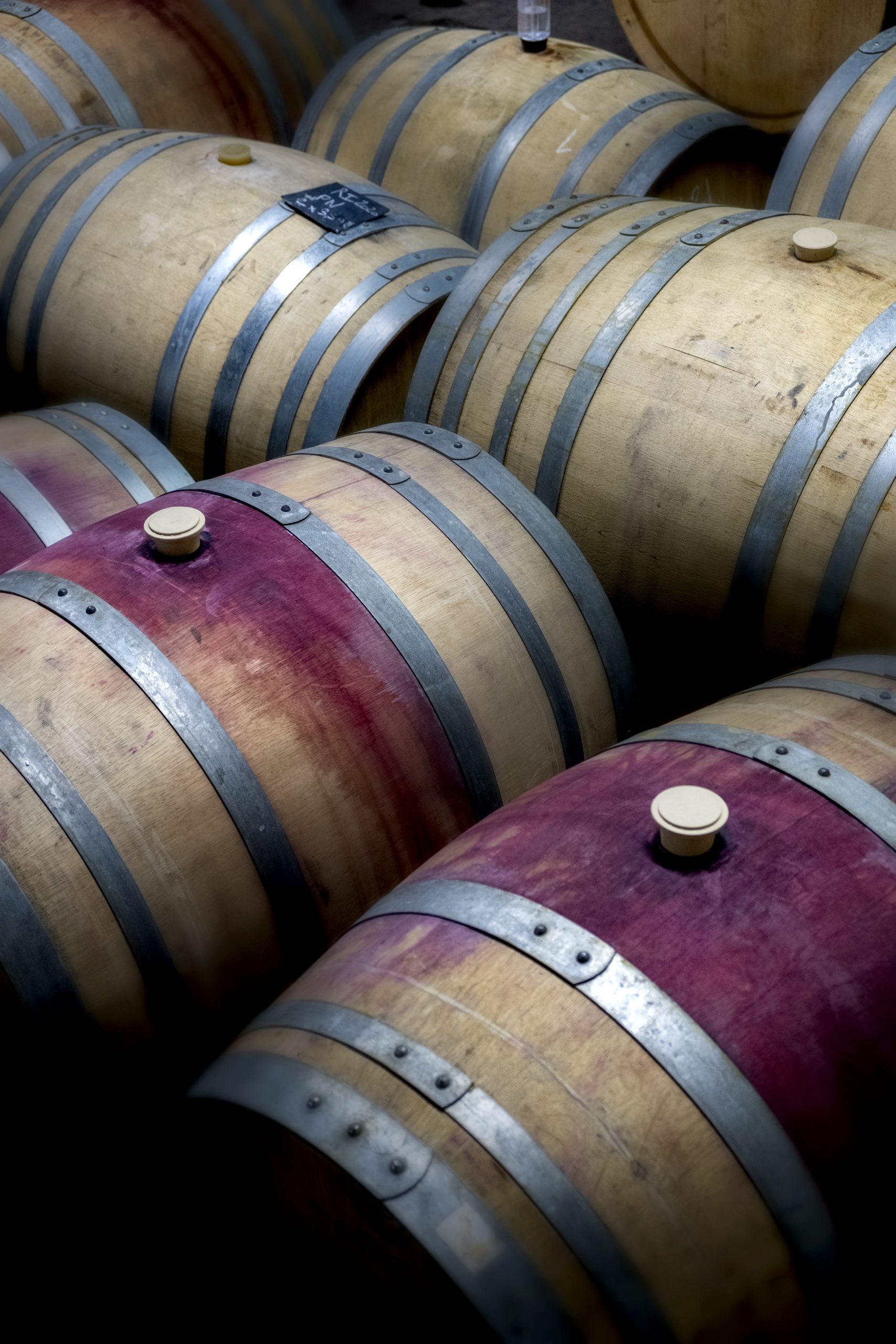
Winemaking
The clear juices go through two fermentation processes after settling¹: alcoholic fermentation first then malolactic fermentation².
Depending on the vintage, the first fermentation occurs in stainless steel vats or oak barrels. It’s a crucial stage that enables our must³ to turn into wine and develop different floral and fruity aromas.
¹ Settling is separating the the clear, transparent must from the solid particles suspended in it.
² Malolactic fermentation uses bacteria to turn malic acid into lactic acid. The main aim of it is to reduce the level of acidity in the wine. It also gives the wine aromatic brioche and buttery notes.
³ The must is clear, unfiltered, pressed juice.
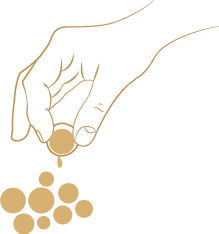
Blending
Wine with up to 11% in alcohol content is ready to be blended. It’s crucial to giving our champagnes their personality. We blend several different wines from different varieties, plots, terroirs, years and ages. It’s a subtle art specific to champagne and worthy of a fine dining restaurant. It’s how we bring you very different vintages.
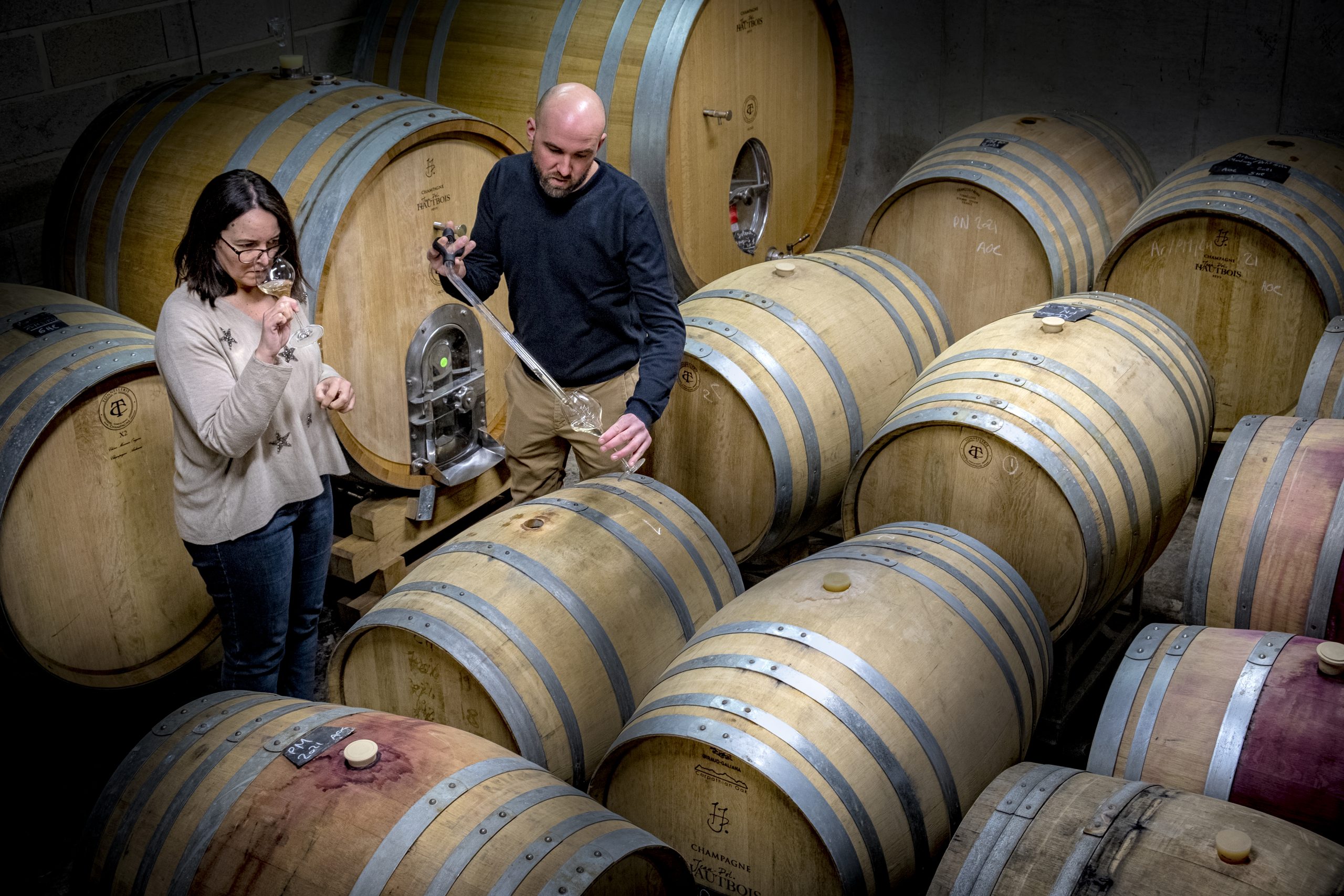
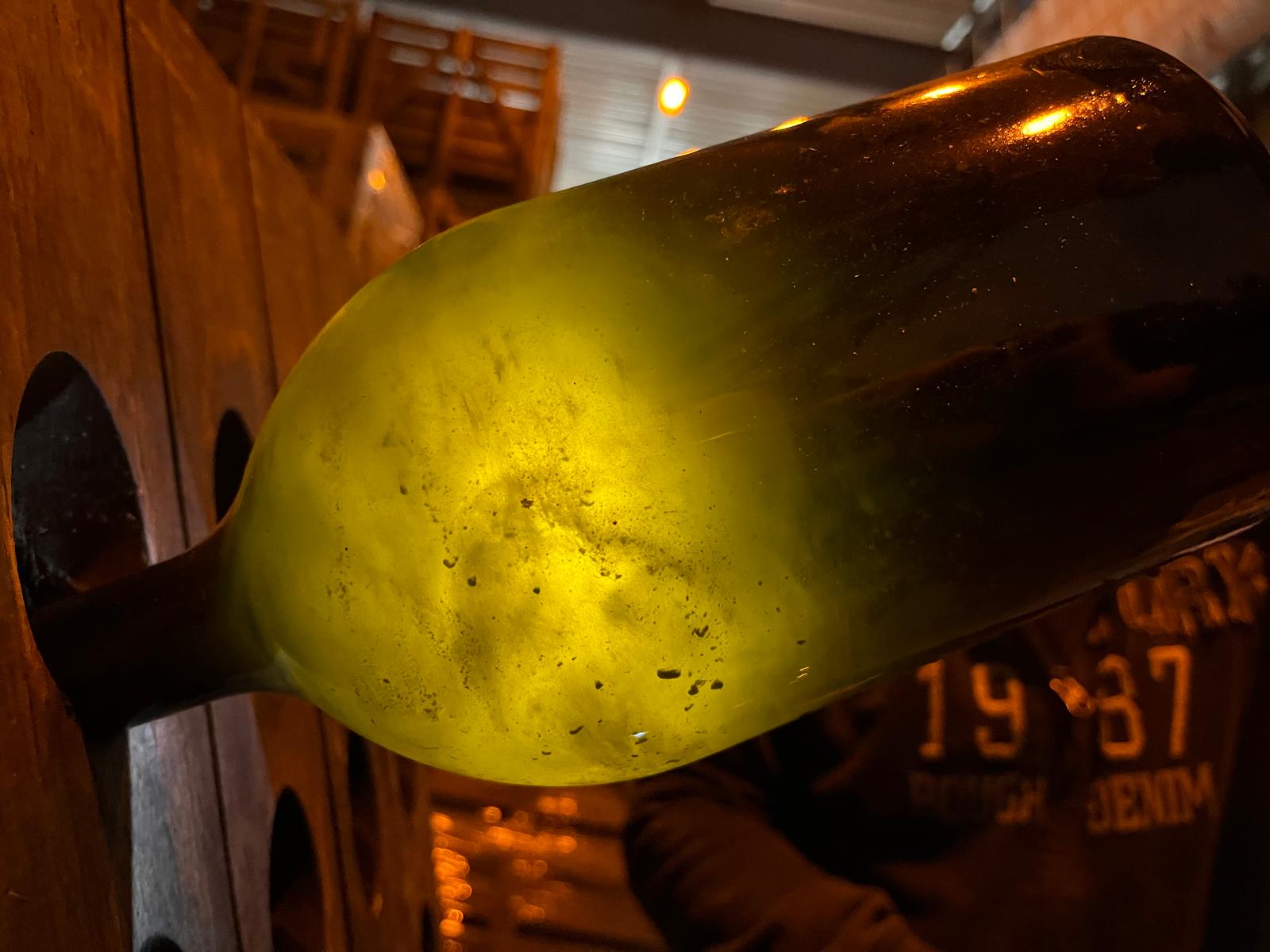
Forming bubbles
The wine is bottled. This is when the bubbles appear, or as we call it: “prise de mousse”. This step involves more fermentation: we add a little still wine, sugar and yeast to the wine. The yeast consumes the sugar to release alcohol and fizz. They give the wine its sensory features.

Ageing on lees⁴
Once the bubbles have formed, the bottles are moved into our quiet and dark cellars at a constant temperature of around 12 degrees. This is the start of a lengthy ageing process. Champagne regulations require the bottles to spend at least 15 months in the cellar. Hautbois Champagnes spend between 36 months and 8 years ageing. That gives our champagnes a wider range of aromas and very fine bubbles.
⁴ Lees are deposits of yeast that diminish in the bottle.
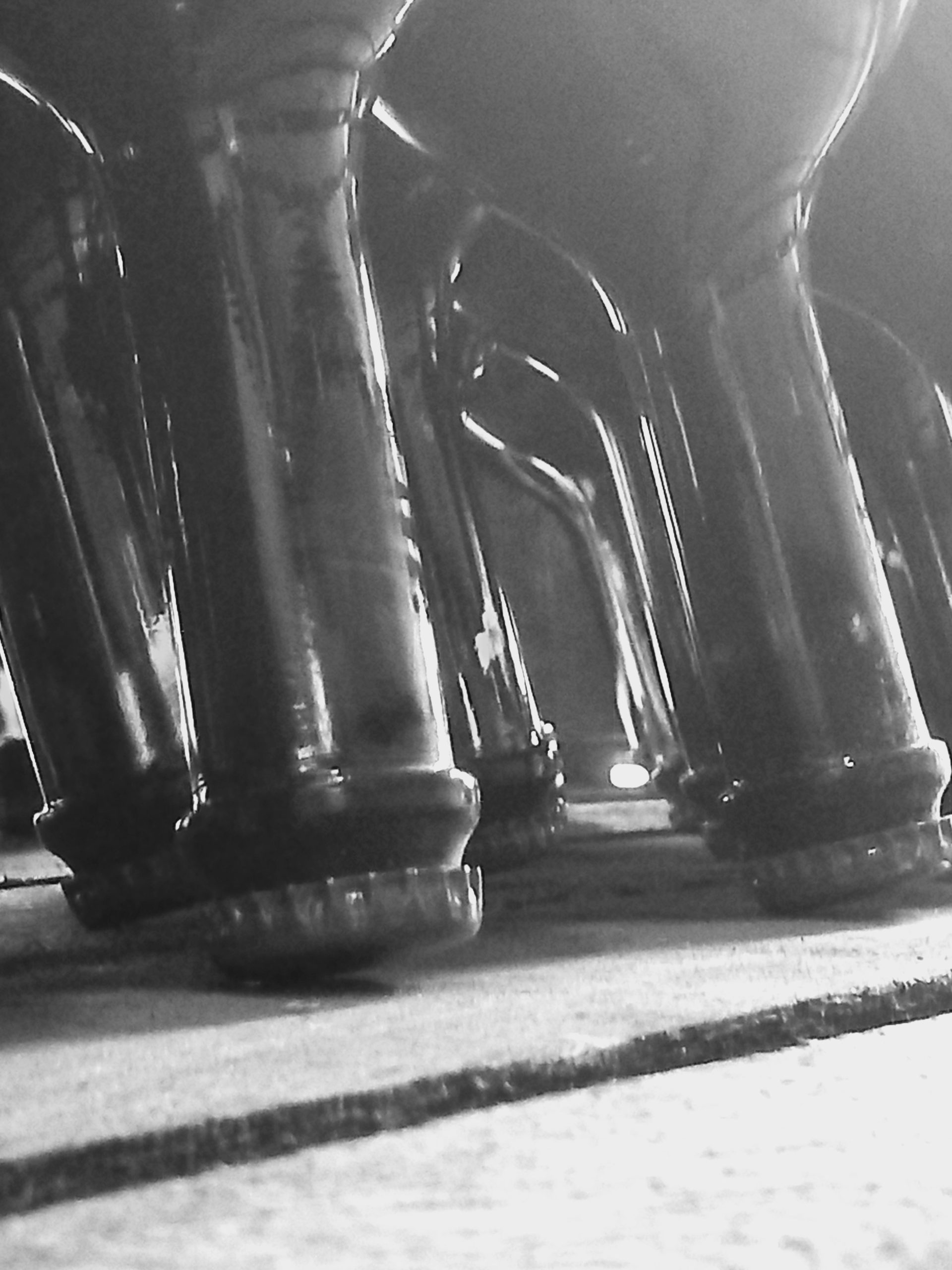
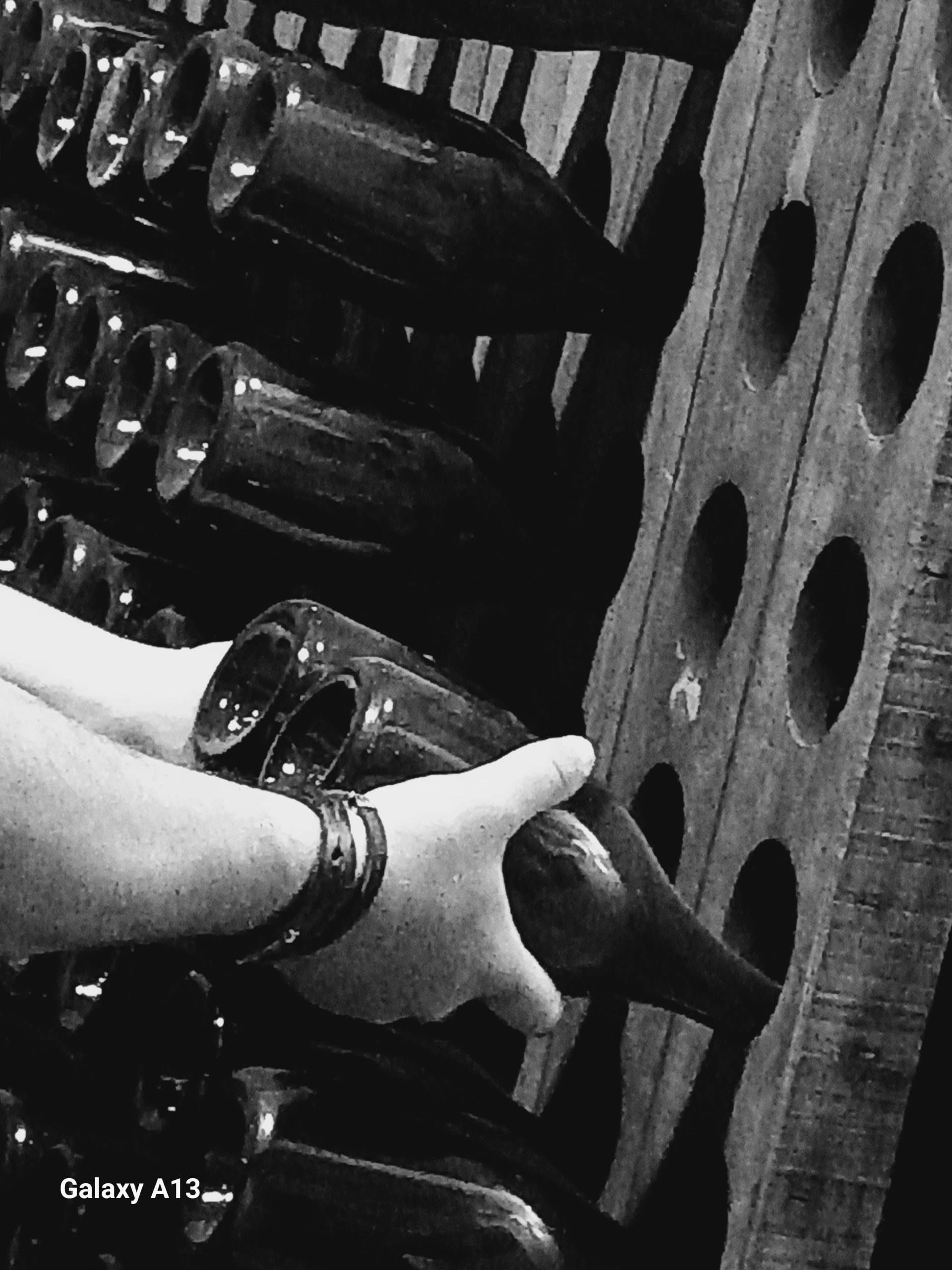
Riddling
Riddling loosens the sediment so that it collects in the bottle neck. This ancient process involves rotating the bottle in small increments while gradually tilting it from horizontal to “head down”. That way the sediment can move down to the bottle neck. Our special vintages are riddled by hand on a wine rack.
Disgorgement
Yeast turns still wine into sparkling.
The bottle neck is plunged into a solution at around -27°C. Ice forms and traps the sediment. We open the bottle to remove the ice plug using the pressure built up in the bottle.
We disgorge our special vintages by hand using a process called “à la volée” or “on the fly”.
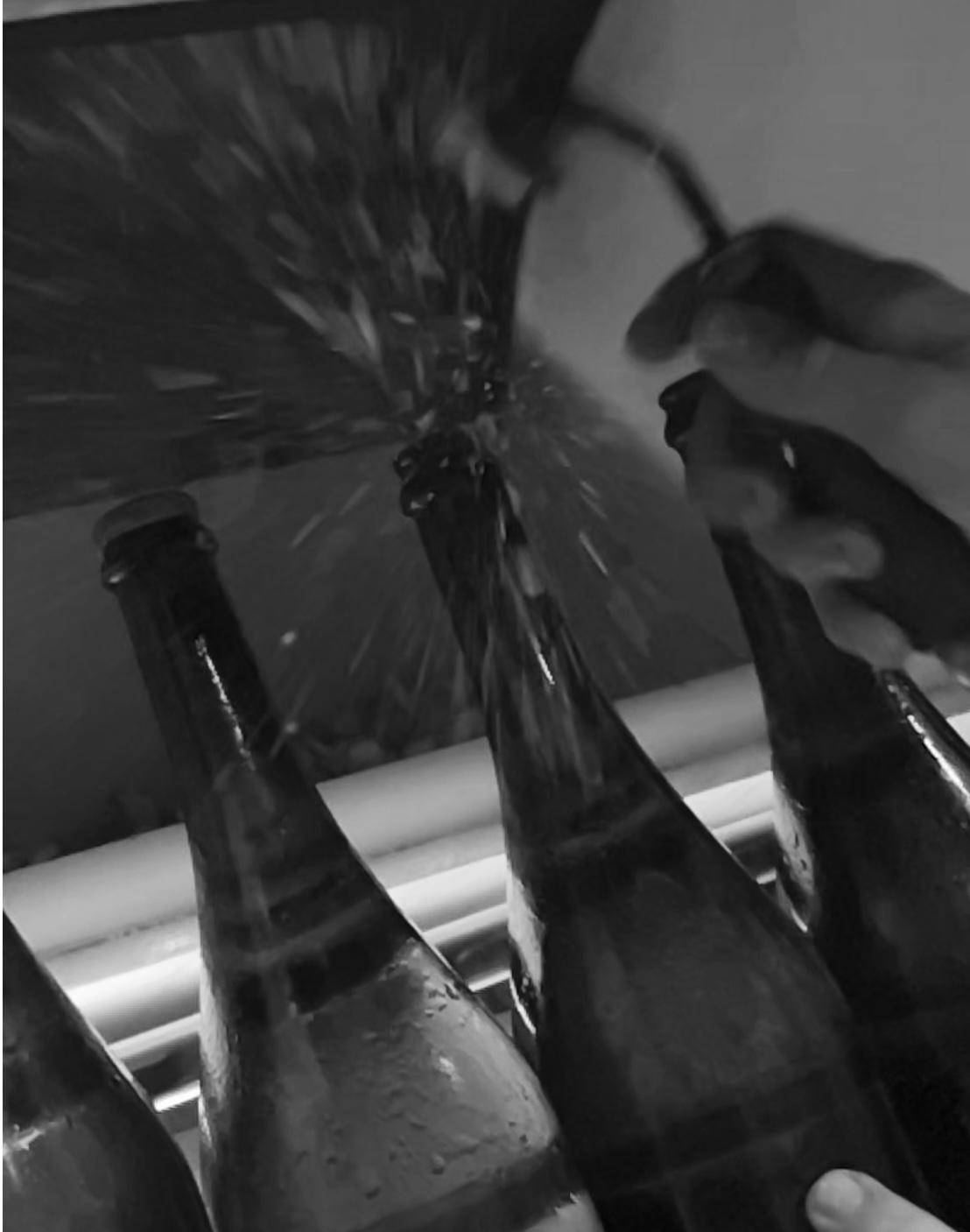

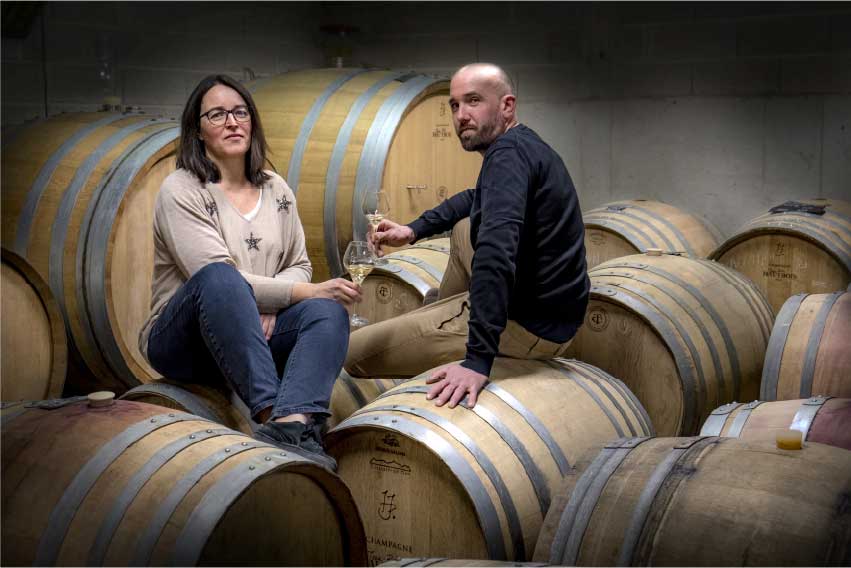
Dosage
Adding “liqueur de dosage” before we bottle the wine is the last thing we do to it.
The Hautbois family gets together to blind taste different dosages for certain vintages. It’s vital to defining our champagne’s personality based on the amount of liqueur we add to our sparkling wine. “Liqueur de dosage” is to wine what salt is to cooking.
It has to be perfectly balanced.
The wine is then sealed with a premium cork held in place by a metal cage and crown cap.
We leave our bottles to rest for at least five months so the wine and liqueur achieve the right consistency.
(Sweet champagne contains over 50g of sugar per litre, demi-sec contains 32-50g of sugar per litre, sec contains 17-32g of sugar per litre, extra-dry contains 17-12g of sugar per litre, brut contains 12-6g of sugar per litre, extra brut contains 6-3g of sugar per litre and brut nature contains 3-0g of sugar per litre).
Packaging
The final stage in a long process. Each vintage gets its own sleeve and label.
Our champagne is ready to serve and enjoy among family or friends.
As Caroline Doll put it so perfectly: “Champagne is always the answer.”
